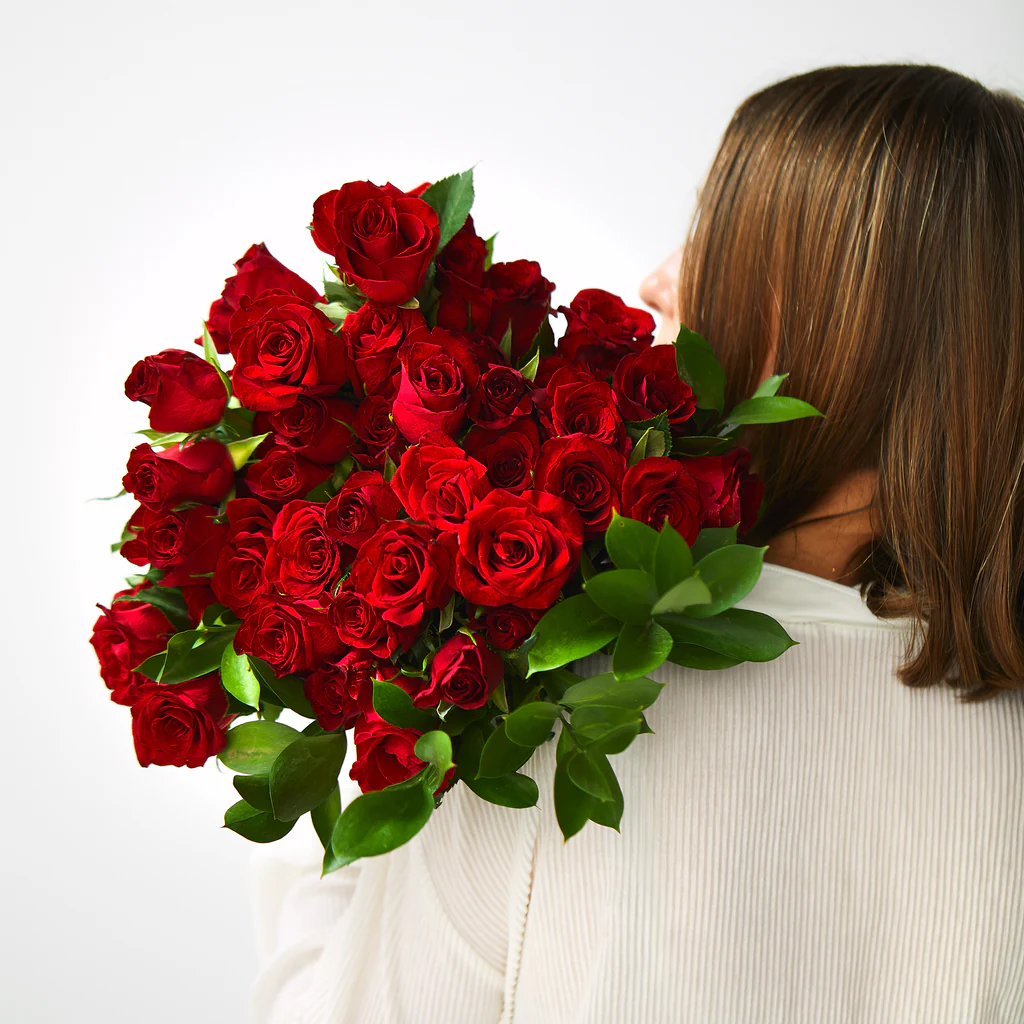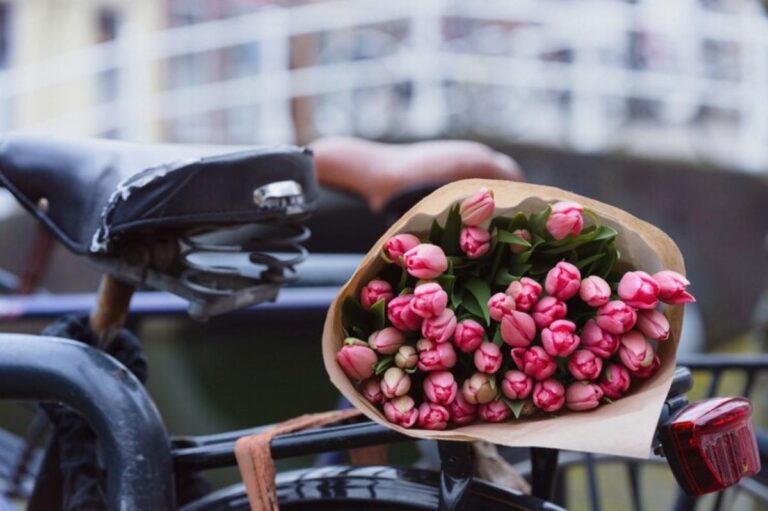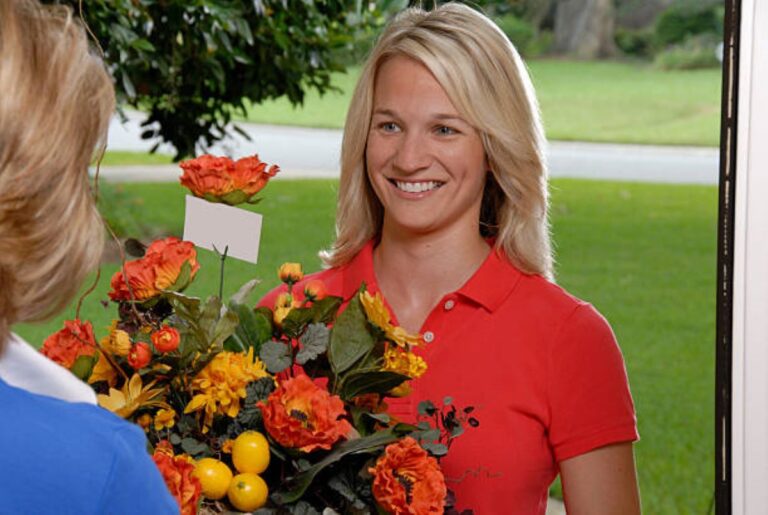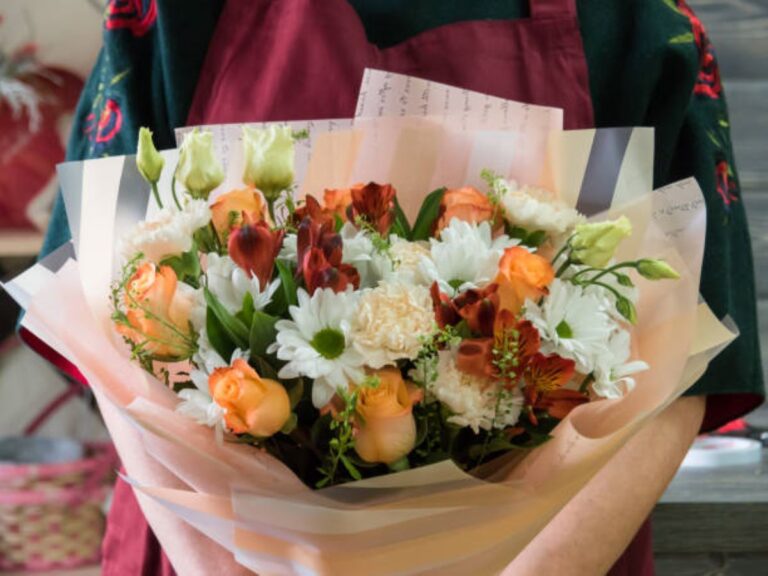The Majestic Rose: Symbolism, Varieties, and Timeless Elegance
Step into any garden, florist shop, wedding hall, or poem, and chances are you’ll find one flower standing out like a crowned queen—the rose. With petals like velvet, a scent that stirs the soul, and thorns that remind us of love’s bite, the rose has earned its reputation as nature’s most iconic bloom. But what is it about the rose that has captivated hearts for centuries across cultures and continents? Is it the symbolism it carries, the dizzying array of varieties, or simply its timeless elegance?
Let’s take a journey into the world of the rose—a flower that has whispered secrets of love, graced ancient empires, and continues to enchant us in both gardens and literature.
A Flower Rooted in Time and Emotion
The rose isn’t just a flower. It’s a symbol, a story, and for many, a source of emotion. Its presence in history dates back thousands of years—ancient civilizations like the Greeks, Romans, and Persians cultivated roses for medicinal purposes, ornamental beauty, and even religious rituals.
By the Middle Ages, roses were more than just decorative—they had become woven into the cultural and political fabric. Think of the English Wars of the Roses, where the white rose of York and the red rose of Lancaster symbolized rival factions in a bitter struggle for the throne. Or the use of rose oil in sacred ceremonies in Eastern traditions, representing spiritual enlightenment and inner peace.
Yet, despite its complex history, the rose has never lost its most prominent symbolism: love. From the single red rose passed in secret to declarations of eternal devotion, this flower speaks a language no words can match.
The Language of Color: What Roses Really Say
Did you know roses have their own secret language? Not every rose is created equal in meaning—color plays a major role in the message you’re sending.
- Red Roses: The undeniable symbol of romantic love and passion. A classic red rose says, “I love you,” in a way no text ever could.
- White Roses: Often associated with purity, innocence, and remembrance. You’ll find them in weddings and memorials alike.
- Yellow Roses: Bright and cheerful, these symbolize friendship, joy, and new beginnings. They’re like a warm hug in flower form.
- Pink Roses: Gentle and graceful, pink roses express admiration, gratitude, and appreciation.
- Orange Roses: With their fiery hue, these represent enthusiasm, energy, and desire.
- Black Roses (usually very deep red or purple in reality): These carry an air of mystery and intrigue—sometimes symbolizing rebirth, farewell, or even rebellion.
Color, combined with quantity and arrangement, can speak volumes—making the rose not just beautiful but eloquent.
A World of Roses: Exploring the Varieties
There are over 30,000 known varieties of roses in the world today, and each one brings its own unique charm. Whether you’re an experienced gardener or simply someone who loves a good bouquet, understanding rose types can deepen your appreciation for this floral wonder.
Hybrid Tea Roses
These are the supermodels of the rose world—tall, elegant, and often found in florists. With a single bloom per stem and an upright growth habit, hybrid teas are the go-to choice for romantic gestures and formal gardens.
Floribunda Roses
If hybrid teas are supermodels, floribundas are the friendly extroverts. These roses bloom in clusters, offering a continuous splash of color. They’re perfect for adding volume and vibrance to any landscape.
Climbing Roses
Nothing says “storybook charm” like a wall or arbor draped in climbing roses. These vigorous growers can transform trellises and fences into living works of art. Some bloom once per season; others flower continuously.
Damask Roses
Dating back to ancient times, damask roses are prized for their intense fragrance and delicate petals. They’ve been used for centuries in perfumes and rose water. A true nod to the rose’s luxurious past.
English Roses (David Austin Roses)
Modern hybrids that combine the repeat blooming of newer varieties with the nostalgic scent and shape of old garden roses. They’re the best of both worlds—romantic and resilient.
Miniature and Shrub Roses
Perfect for pots or borders, these compact roses are tough, prolific, and ideal for gardeners with limited space.
Rare Varieties and Regional Treasures
From the blue-hued “Applause” rose in Japan (a genetic marvel) to the “Green Rose” used in ancient Chinese medicine, the global diversity of roses is staggering. Climate, soil, and tradition all shape which roses flourish where—and how they’re cherished.
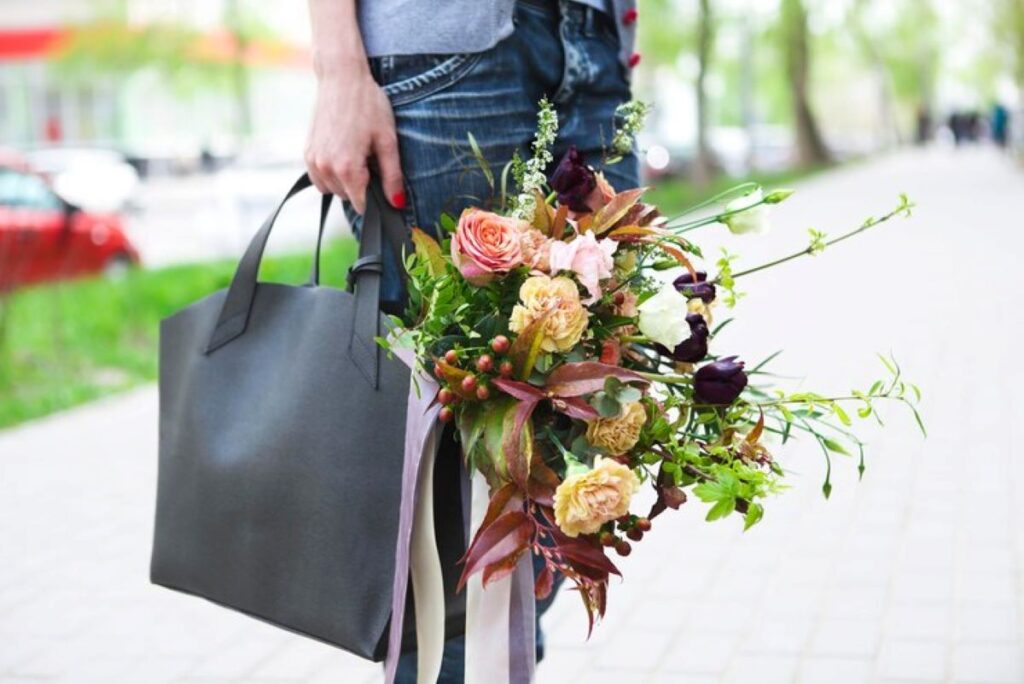
Timeless Elegance: The Rose in Art, Literature, and Life
Why do roses show up again and again in stories, paintings, and traditions? Because they are eternal symbols—not just of beauty, but of deeper truths.
In literature, Shakespeare famously wrote, “A rose by any other name would smell as sweet,” capturing the idea that beauty transcends labels. In religion and myth, roses are associated with Aphrodite, the Virgin Mary, and countless other figures of love and purity.
In art, roses have been painted, embroidered, and sculpted as symbols of life, death, and everything in between. They’re used in rituals, honored in festivals like the Rose Parade, and handed down in traditions around the world.
In weddings, roses are nearly omnipresent—in bouquets, decorations, and even cakes. They represent the blooming of new love and the promise of lasting devotion. And in gardens, they serve as centerpieces—plants that invite not just bees and butterflies but admiration from passersby.
Even today, when synthetic perfumes and artificial flowers are readily available, a single fresh rose can still take our breath away. There’s something about the way its petals spiral inward, how it catches the light, or how its scent lingers on your fingers, that no replica can match.
A Final Bloom: The Rose’s Enduring Magic
As someone who has spent many early mornings tending to rose bushes—brushing off dew, snipping away tired blooms, and inhaling their scent—I can say that the rose is more than just a flower. It’s a companion through seasons, a reminder of life’s fragility and richness.
In a world that moves fast and often favors convenience over depth, the rose asks us to slow down. To notice. To appreciate elegance that has stood the test of time. And maybe, to reflect on our own complexities—beauty tinged with thorns, joy with sorrow, boldness with grace.
Whether growing wild on a hillside, elegantly arranged in a vase, or immortalized in a poem, the rose remains a living symbol of love, mystery, and enduring elegance. And that’s a legacy that no flower has ever quite matched.
“The rose speaks of love silently, in a language known only to the heart.” — Unknown
So next time you pass a rose—whether in bloom or just a bud—pause. Let it remind you of all the things in life that are both tender and strong, fleeting and eternal.

